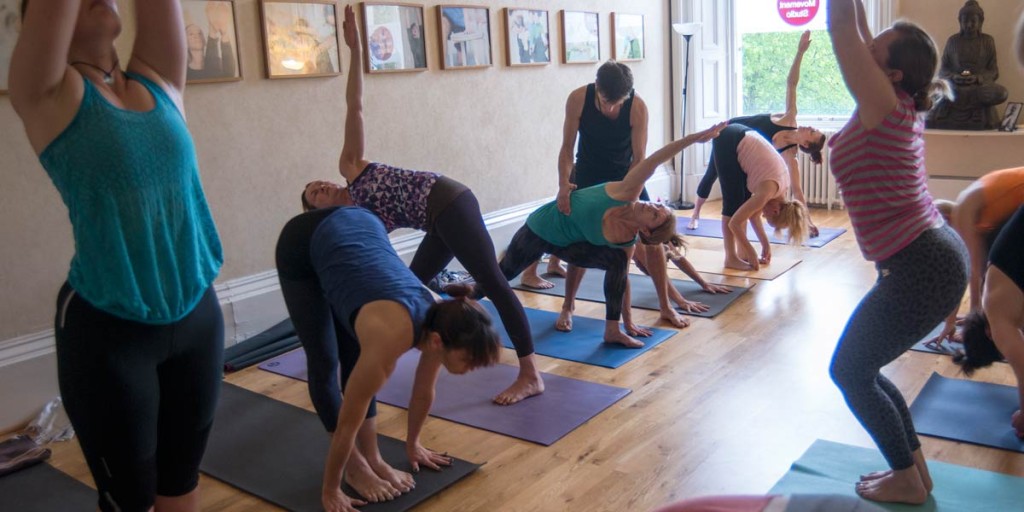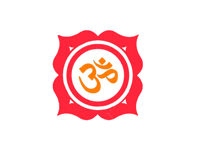Who comes to Mysore class? Why do they come?
This is the first in a series of posts presenting some of our regular mysore students, and their experience of mysore practice, in their own words.
First up is Gemma Maryan, enjoy!
How long have you been attending mysore classes for?
I think I have been attending Mysore for a little over two years, practicing ashtanga for about 3 years.
How often do you practice?
6 days a week, if I can’t manage 6 I don’t beat myself up but that’s what I aim for ☺
What made you start mysore practice?
I was attending a few led classes a week and Cathy was teaching one of them and suggested I give Mysore a go. I think it took me four months before I took the plunge to go.
What effect has the practice had on your life?
To begin with I didn’t notice much change, but looking back now I can see there have been many small changes that have taken place along the way. For example; I no longer drink that much as I get up super early, (Mysore and hangovers are horrendous!) I began to pay more attention to what I was eating, not just in terms of my body and practice but also how it fitted in with certain principles of yoga that I had started to read about. So I became a vegetarian about two years ago. As a result of that my body feels good; strong but flexible, stable but mobile and my mind feels the same…I am not saying these changes will be the same for everyone, however they felt right for me. Ashtanga is very good for Self-reflection, your practice will soon show you your strengths along with areas of weakness and its up to the individual how they choose to manage seeing themselves more clearly, but I can say the practice has helped shaped where I am today and I am happy with that.
What benefits do you feel from it?
I am embracing the discipline required in ashtanga, it has helped me in other areas of my life where chaos reigned supreme. Physically I feel the fittest I have ever felt, my body continually surprises me by what it can do!
What have you found most challenging about the practice?
The biggest challenge for me has been accepting injury from pushing too hard. It was nothing serious but I had to take a step back and look at how I was physically doing the practice, which led to further investigation. I soon realised that I was fighting some sort of internal battle with myself on the mat and I needed to overcome that, which meant accepting where I was and continuing to practice despite my injury. I think that was the time I decided to really let go, to work to the best of my ability but not beyond my ability. In terms of posture the hardest for me has been Kapotasana (deep backbend from second series), for a long time I just wanted to cry in the lead up to it. Now I just try to hang and breathe for as long as I can, whereas before I was rushing to get it over with. I think I can even say that I am actually starting to enjoy it.
What do you find the most rewarding?
Seeing and feeling my progress, it’s slow but it is definitely happening and I am happy with that. Also it’s nice to get up early and do the practice surrounded by lovely people and great energy. There is a sense that everyone is on his or her own yoga journey but we are all supporting each other in that process.
What is your favourite posture?
Favourite posture, I was going to say Kapotasana but actually thinking about it, it is Laghu Vajrasana the posture just before Kapo. It’s a deceptive posture because from the outside it looks really easy; this however is not the case. It is the perfect thigh strengthener in prep for kapo but the asana by itself is great for the quadriceps as they require a perfect balance of both strength and flexibility. I used to skim this posture but now I really value the set up. However, it’s still pretty hard, there is a tendancy to collapse once your head touches the floor but know that if you do you wont be able to get back up again!
Gemma in Laghu Vajrasana




